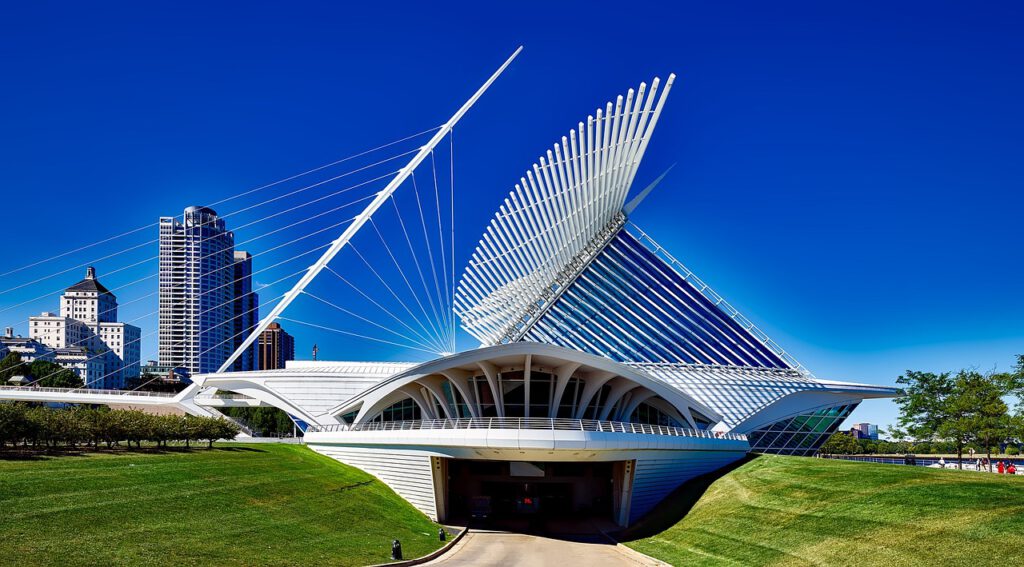What Washington Residents Should Know About Landscape Architecture
by siteadmin

In the evergreen state of Washington, where nature’s beauty is a daily spectacle, the role of landscape architecture becomes increasingly vital. As urban areas expand and natural landscapes coexist with human development, understanding the significance of landscape architecture becomes crucial. In this article, we’ll delve into what Washington residents should know about this field and how it impacts the state’s environment and communities.
The Essence of Landscape Architecture
Landscape architecture is more than just designing gardens or parks. It’s a comprehensive discipline that blends art, science, and environmental sustainability. Landscape architects consider the ecological, social, and aesthetic aspects of outdoor spaces to create harmonious environments that benefit both humans and nature.
Environmental Sustainability
Washington’s commitment to environmental conservation aligns seamlessly with the principles of landscape architecture. These professionals work to integrate sustainable practices into their designs, promoting biodiversity, water conservation, and the use of native plants. By doing so, they contribute to the state’s ongoing efforts to maintain its natural splendor.
Preserving Cultural Heritage
In a state rich with diverse cultures and histories, landscape architecture plays a vital role in preserving and celebrating these narratives. Parks, public spaces, and community gardens are designed not just for functionality but also to reflect the unique identities of the communities they serve. This cultural integration fosters a sense of belonging and pride among residents.
Urban Planning and Connectivity
As Washington’s urban areas continue to expand, the need for thoughtful urban planning becomes increasingly important. Landscape architects contribute to the development of vibrant, sustainable cities by designing spaces that promote connectivity, accessibility, and community engagement. From urban parks to green infrastructure, these designs enhance the overall quality of urban life.
Addressing Climate Challenges
Washington faces its share of climate challenges, from rising temperatures to changing precipitation patterns. Landscape architects play a crucial role in developing resilient landscapes that can adapt to these changes. Through strategic planning and design, they contribute to the creation of outdoor spaces that can withstand the impacts of climate change while promoting the well-being of communities.
Public Engagement and Participation
Involving the community in the design process is a cornerstone of landscape architecture. Washington residents should be aware that their input matters when it comes to shaping the outdoor spaces they inhabit. Public engagement sessions allow community members to voice their preferences, ensuring that landscape designs align with the needs and desires of the people who use them.
As Washington continues to evolve and grow, landscape architecture will play an integral role in shaping the state’s outdoor spaces. By understanding the significance of this discipline, residents can appreciate the careful thought and planning that goes into creating environments that are not only aesthetically pleasing but also sustainable and conducive to community well-being. Whether in urban centers or rural landscapes, landscape architecture is a key player in maintaining the natural beauty that makes Washington truly exceptional.
In the evergreen state of Washington, where nature’s beauty is a daily spectacle, the role of landscape architecture becomes increasingly vital. As urban areas expand and natural landscapes coexist with human development, understanding the significance of landscape architecture becomes crucial. In this article, we’ll delve into what Washington residents should know about this field and…
Recent Posts
- Leveraging Technology for Accessible Real Estate Investing: A Deep Dive into Robinhood REI
- Innovative Solutions for Liquid Waste Disposal in Armadale
- Perth Insulation Remover Expands Services to Include Ceiling Repairs
- Vision Detection Systems Unveils Cutting-Edge Mobile Surveillance Cameras
- Building a Resilient Team in Washington
